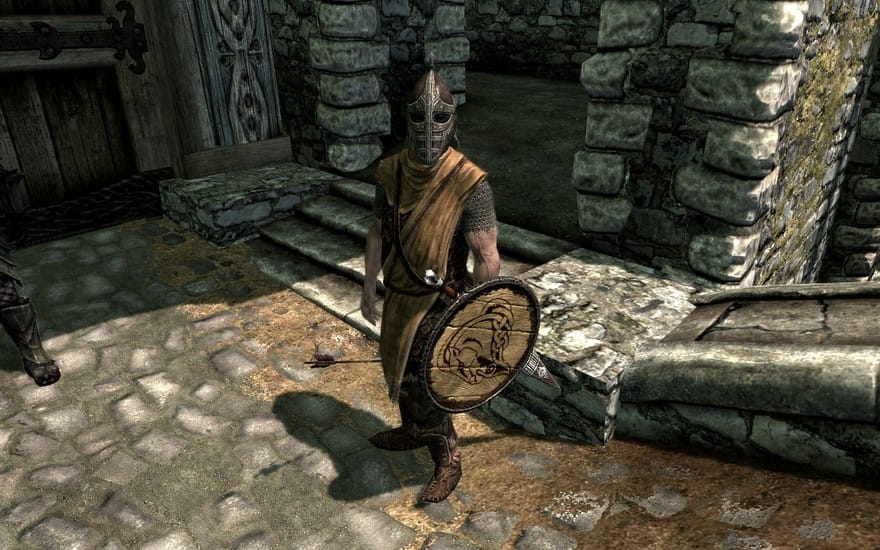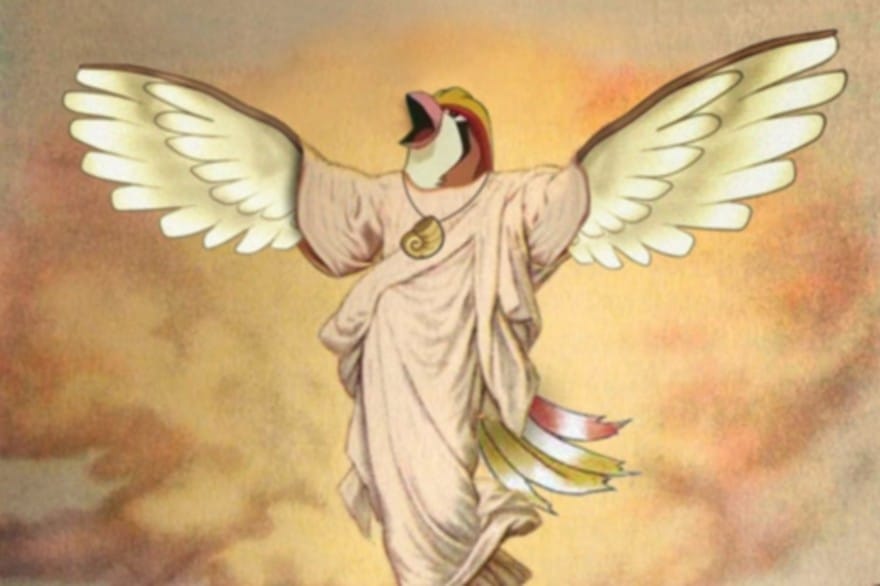The Luigi Death Stare and why memes take root

A quick Google search for “memes” will lead most to common images plastered with big font over cutesy animals. Sad Keanu, I Can Haz Cheezburger, or a disgruntled Captain Picard might come to mind. The Internet generally has too much time on its hands.
But the term has a long history. Richard Dawkins coined it in his book, “The Selfish Gene,” where he hypothesizes that human beings are, rather than individuals, giant walking accumulations of genes rapidly seeking advancement and preservation. In being a sum of our parts, Dawkins emphasizes the latter. Adding to his theory, he relates this kind of genetic evolution to the way ideas and culture are spread:
“Examples of memes are tunes, ideas, catch-phrases, clothes fashions, ways of making pots or of building arches. Just as genes propagate themselves in the gene pool by leaping from body to body via sperms or eggs, so memes propagate themselves in the meme pool by leaping from brain to brain via a process which, in the broad sense, can be called imitation.”
Dawkins, however, was not the first to study beyond the first glance. Regarded as the world’s first ethologist, Eugene Marais noted in “The Soul of the White Ant” that the greater ecosystem of a termite hive should be regarded as a being in and of itself, with drones as white and red blood cells, fungal environments as digestive systems, and the queen as a brain.
Game-playing has equally become a collective sport of the mind, one that creates a sacred in-club where anything can happen. Games also serve as an interactive base for popular memes to swarm, spread, and multiply within the ranks of imagination.
It becomes less about needing your voice to be heard, and more about lending to the voice being spoken.
Memes are typically authorless, and favor collective creativity over individual expression. When an idea spreads through the digital multiverse, and it catches, artists of all sorts weigh in on their version of a joke. It’s kind of like being at a party where you and your friends riff on the same laugh over and over again. On the Internet, where you’re mostly anonymous; it becomes less about needing your voice to be heard, and more about lending to the voice being spoken.
Multiplayer gameplay—and even single player, in the right context—instantly connects enormous lumps of people in the hive of programmed and written code. When users log on to Azeroth, GTA Online, or any make-believe world server, aren’t they there, for real, in presence of mind? Tens of thousands of minds following the same gameplay rules, mimicking the hive of the white ant—working together as one organism toward a common goal.

Certain games may be more meme-able than others. Skyrim took arrows to knees, World of Warcraft gave us Leeroy Jenkins, and Twitch Plays Pokemon became internet phenomena to tower over all others. These spontaneously erupted memes have a few things in common. Mainly, they all operate in environments encouraging community activity and sharing, even if it might be comparing different experiences, such as in Skyrim. These games encourage users to operate together, individuals as one, such that any bursts of creativity that catch on flow through a network of folks who are already connected. Nintendo has an advantage in this: their icons have been around for longer than most, and have a greater imprint in our memory,
What was so hilarious and effective about Mario Kart 8’s Luigi’s Death Stare that made it spread like wildfire throughout the internet hive? Couldn’t have been Chamillionaire.
Twitch Plays Pokemon, especially, seems to be the most at home among Dawkins’ theory. The experiment began and ended anonymously. The stream boasted an average of over eighty thousand simultaneous players and millions of viewers as the world sought to answer, “Could we, like, all play Pokemon at once?” Not only was the game beaten in about two weeks, but an entire mythology arose from the random and chaotic acts that come with a hundred thousand people trying to press a button at one time. The internet wept as Flareon was chosen over Vaporeon, the former crowned an antichrist toward the player’s Pidgeot, “Bird Jesus.”

Dr. Rollin McCraty, of HeartMath and the Global Coherence Initiative, has been orchestrating studies for decades on the electromagnetic fields between individuals, our Sun, and the planet. He concluded that “we are affected in a very important way by the rhythms and information contained in the Earth?s energetic systems. And by that, I mean the geomagnetic fields and fields in the ionosphere, and so on.”
If ants or termites operate, though singular insects, as one hive, then are we, as humans, the same to our planet? The question regrettably brings to mind the harm we’re doing to the Earth, and ourselves, if that’s the case. Maybe the Twitch Plays Pokemons of the world can eventually teach us to work together on a global scale.
Memes, and the phenomena surrounding them, seem to be presenting us with a language born from great depths, tugging and teasing at co-creative potential with the eagerness of an ambitious student raising her hand from the back of the class.
Gaming and memes are connected by such boundless experience.
In his research, Dr. McCraty aptly discovered, “The heart and brain appear to have access to fields of information not bound by the limits of time and space.” Gaming and memes are connected by such boundless experience, if only in the way that memes seem to come and go as they please, at their own pace. Who is driving the meme-mobile (note: coined here)? Games link people together, mimicking the cerebral focus of an insect hive, and memes are the individual-less, imaginative explosions that result from the specific and creative way that we share within that collective.
Even if the Internet turns us all into insects, at least our secret social handshakes will have become unpredictably awesome
///
Head Image from Marcos Lopez



